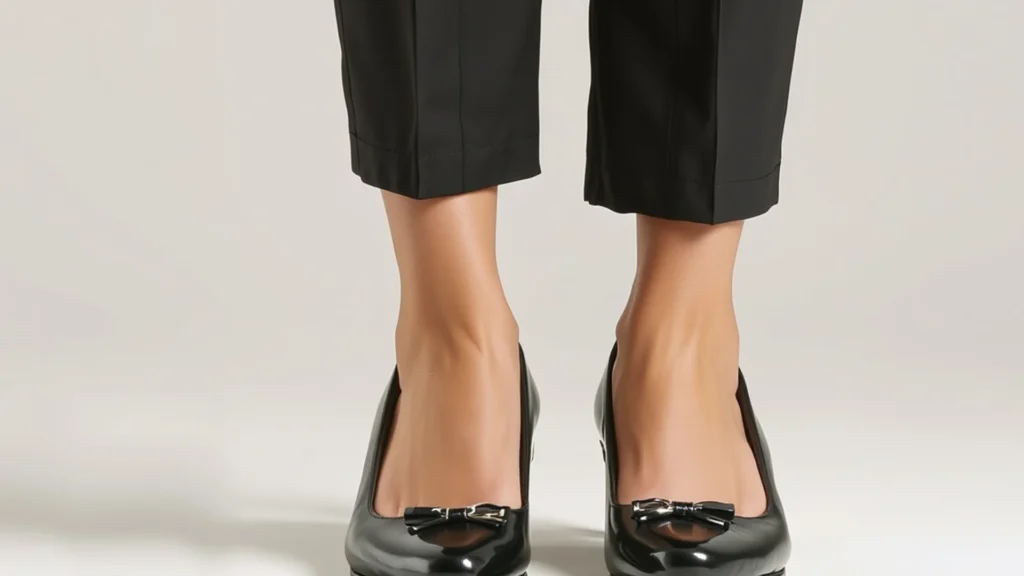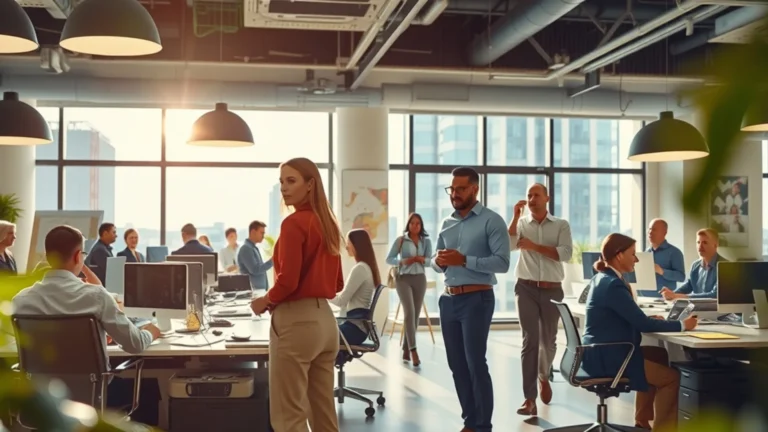Business Casual Attire Shoes for Women
The ever-changing workplace can really affect the way you are perceived and how confident you feel about your appearance. Business casual attire finds that perfect balance between professional and relaxed. It is the most common dress code in many workplaces today.

One of the most essential elements of business casual attire for women is footwear. The shoes can make or break an outfit, and finding the right pair to complement your business casual wardrobe is key. This article explores the types of shoes that fit the business casual dress code, considerations for selecting the perfect pair, and styling tips to elevate your look.
What is Business Casual for Women?
Before discussing shoes, some basics about business casual is a must. Business casual, for women, typically consists of:
Tops: blouses or button-down shirts, knit tops, or modest sweaters.
Bottoms: Trousers, tailored skirts, or non-ripped dark jeans.
Dresses: Knee-length, or midi dresses in proper cuts and patterns.
Outerwear: Blazers, or cardigans to top this all off.
Business casual shoes should be neither too polished nor too comfortable when it comes to footwear. They should complement your outfit without appearing too formal or too relaxed.
Types of Business Casual Shoes for Women

Here are some popular shoe styles that fit the business casual dress code:
1. Ballet Flats
Ballet flats. Ballet flats are very versatile business casual choices. They can be a comfortable, easy go-to with a wide range of color and materials. Neutral tones like black, beige, or navy should be favored, but also a burgundy or forest green option would give a pop.
2. Loafers
Loafers are a classic option for professional settings. Their structured design adds a polished touch to any outfit. Choose leather or suede loafers in neutral or muted shades for a sophisticated look.
3. Block Heels
For those who prefer a bit of height, block heels are a comfortable and stylish option. They provide stability and are less formal than stilettos, making them ideal for a business casual wardrobe.
4. Mules
Mules are a fashionable alternative. Whether flat or heeled, mules can be worn to dress your outfit up. Closed-toe versions are ideal for a more formal approach.
5. Ankle Boots
Ankle boots come in handy during the colder months of the year. Pair the ankle boots with tailored trousers or skirts to create a business casual style. Leather and suede materials are best coupled with neutral colors such as black, tan, and gray.
6. Oxfords and Brogues
Inspired by men’s, oxfords and brogues are never out of place and really classy. All of these, with their designs, are truly a plus to your entire garment but still being professional due to structured designs.
7. Kitten Heels
They find middle ground as between flats and high heels. They carry some flair of elegance in them that do not need to hurt your feet due to some discomfort, a great companion for long office days.
How to Choose the Right Business Casual Shoes

Selecting the right business casual shoes entails several considerations:
1. Comfort
You will be putting these shoes on for quite some time. So, comfort has to be a prime priority. Look for cushioned insoles, arch support, and breathable materials.
2. Material
Leather and suede are very hard-wearing and professional-looking. However, avoid too shiny or over-embellished designs that can seem way out of place at a work event.
3. Color
Neutrals such as black, beige, navy, and gray work with so much and fit the majority of outfits. Yet don’t be afraid to dabble in small patterns or soft colors that work with your style.
4. Heel Height
Low to mid-height heels are great for business casual. Avoid wearing extreme heels that are too tall. In this case, it is likely to come off either too formal or impractical.
5. Seasonality
Consider the season and weather when picking your shoes. For example, you could wear airy flats or open-toe mules during summer and leather ankle boots or closed-toe loafers during winter.
Style: Business Casual Shoes
Once you have picked your perfect shoe, here are some style tips to help you make the best of it:
1. Coordinate Colors
Match your shoes to your outfit’s color palette for a cohesive look. Neutral shoes are versatile, but don’t hesitate to use footwear as a statement piece with bold colors or patterns.
2. Pay Attention to Details
Small details like buckles, tassels, or stitching can add personality to your shoes without making them overly flashy.
3. Pair with the Right Bottoms
The shoes you wear should add to the silhouette of your outfit. For example, combine wide-leg trousers with heeled shoes or loafers and slim-fit pants with ballet flats or oxfords.
4. Keep Them Polished
Polished shoes are the key to a perfect business casual look. It is important to clean and condition leather shoes regularly in order to maintain their pristine appearance.
While business casual allows some flexibility, here are a few pitfalls to avoid:

Athletic Shoes: Sneakers and running shoes tend to be too casual for the workplace unless otherwise permitted.
Overly Casual Styles: Flats, sandals, and overly decorated shoes can give off the wrong impression of being overly casual.
No Fit Consideration: Clothes that fit poorly can cause discomfort in addition to ruining your general look.
Conclusion
Business casual shoes for women are all about combining style, comfort, and professionalism. There are plenty of options, from ballet flats to loafers. Choose the one that suits your taste and needs, then dress them up thoughtfully to complement your business casual wardrobe and feel comfortable and confident at work. The right shoes are more than just an accessory; they are essential in making a great impression at work.

